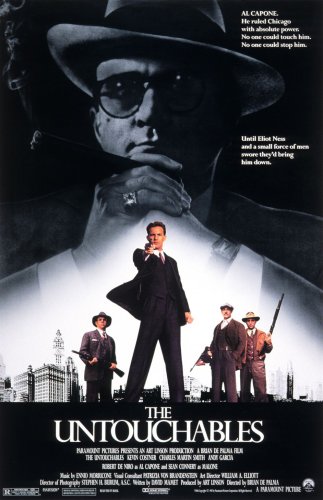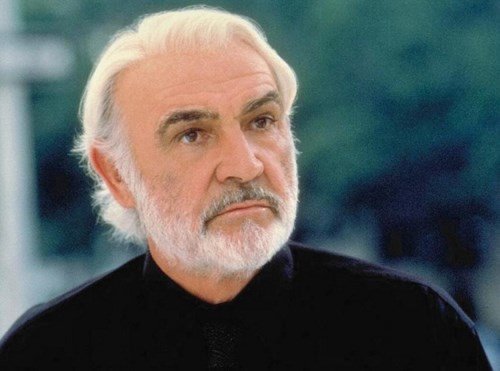| Fecha | Área | Bruto |
|---|---|---|
| USA | USD 76,270,454 | |
| 1987 | UK | GBP 2,696,589 |
| worldwide | USD 106,240,936 | |
| Non-USA | USD 29,970,482 | |
| 1987 | Australia | AUD 3,360,000 |
| Germany | USD 6,700,000 | |
| 1987 | Hong Kong | HKD 4,225,652 |
| 1988 | Italy | ITL 6,231,696,000 |
| Sweden | SEK 16,653,656 |
| Fecha | Área | Bruto | Pantalla |
|---|---|---|---|
| 7 June 1987 | USA | USD 10,023,094 | 1012 |
| Fecha | Área | Bruto | Pantalla |
|---|---|---|---|
| 9 August 1987 | USA | USD 1,120,275 | 552 |
| 2 August 1987 | USA | USD 1,441,259 | 762 |
| 26 July 1987 | USA | USD 2,110,620 | 870 |
| 19 July 1987 | USA | USD 2,756,946 | 1147 |
| 12 July 1987 | USA | USD 3,211,390 | 1369 |
| 5 July 1987 | USA | USD 4,042,613 | 1476 |
| 28 June 1987 | USA | USD 5,070,891 | 1491 |
| 21 June 1987 | USA | USD 7,111,602 | 1501 |
| 14 June 1987 | USA | USD 7,013,085 | 1012 |








.jpg)




